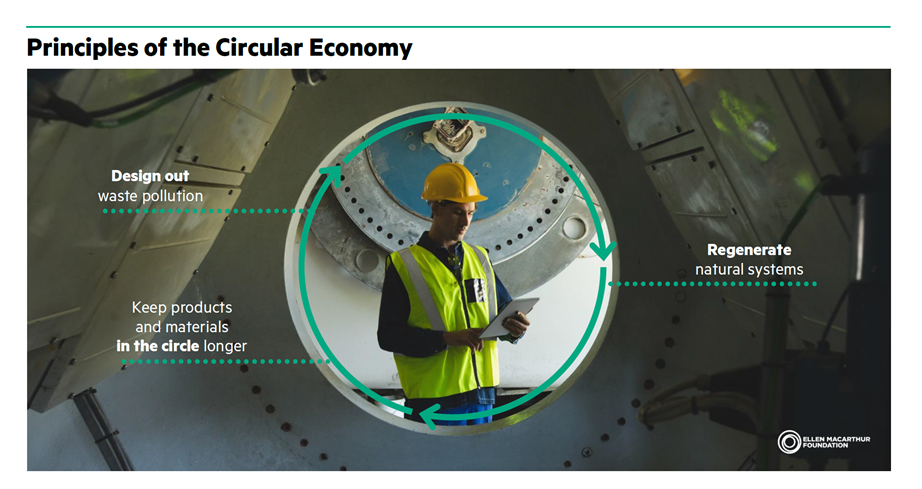Have you ever thought of what 50 tons of ewaste would look like? Probably not, but that is the amount of ewaste expected to be generated this year. To put it into perspective, I was recently told that much waste would be equivalent to 4500 Eiffel towers, basically enough to cover all of Manhattan. Even more important, ewaste is only 2% of our overall waste, but makes up 70% of our toxic waste.
By now you must be wondering, what does this have to do with accelerating my digital transformation (DX) efforts? Well, as it turns out, it has quite a bit to do with it. While DX initiatives cover people, process, and technology, ESG research shows that organizations’ biggest challenges are related to technology and that organizations with more mature DX initiatives spend 2-3 times more on their IT budget (than those in process or just starting) as they bring in new infrastructure to support new processes. This scenario creates a problem for many in IT, as the old technology is discarded when the new tech brought in, generating ewaste. Enter the circular economy. Its principles revolve (literally) around designing out waste and pollution by minimizing the use of plastics, regenerating natural systems that can be replenished, and keeping products and materials in the circle longer.
Hewlett Packard Enterprise (HPE) believes it has the people, technology, and economics to help organizations accelerate digital transformation and create a more sustainable IT strategy. Playing a key role in this environment is HPE Financial Services (HPE FS). While many just think of “leasing,” this organization has evolved significantly and is playing a much larger role in the IT market. HPE FS is now over 1,500 people strong, has over $13B in portfolio assets on any given day, and records around $3.7B in annual revenue. While its origins back in 2002 were focused on equipment financing, it has a much more diverse charter today. In addition to being the financial arm behind HPE’s GreenLake consumption-based model, HPE FS is very active in keeping products and materials in the circle longer. What does that mean? In a nutshell, HPE FS will buyback existing infrastructure, inspect and recondition the equipment, and then sell it on the secondary market, with its certified pre-owned technology coming with a one-year warranty. HPE refers to this as its IT Asset Lifecycle solutions
How successful is this program? HPE FS claims that 89% of what it takes in is remarketed in the secondary market, about 11% is recycled, and only .4% becomes ewaste. This is a powerful sustainability message and helps to create a circular economy. It does this for both client devices, like laptops, iPads, etc., and data center servers, networking, and storage. Based on the tour I took at the Technology Renewal Center in Andover MA, the people there can work on everything from modern equipment to gears that had to be 20 or 30 years old. (Anyone remember DEC? Yup, they’ve got some.) In fact, HPE FS claims it processed 4M units with 1.7 million in data center products and 2.3 million in workplace products. As a result of this program, HPE estimates that it put around $330 million back in the hands of its clients to fuel digital transformation efforts. This is not just for big enterprises either, as HPE cited the amount value on a per-deal basis ranging from $25 thousand to $94 million. In one case, HPE reported freeing up 15-20% of its customer’s capital budget.
Given the results HPE FS has been able to achieve, these financial models should be attractive to modern day CIOs trying to fund innovation for DX initiatives while keeping production online and ensuring the company is environmentally responsible. Perhaps it is time to ask how being part of the circular economy can help your organization accelerate digital transformation and eliminate ewaste at the same time.
To learn more go to https://www.hpe.com/us/en/services/financial-services.html





